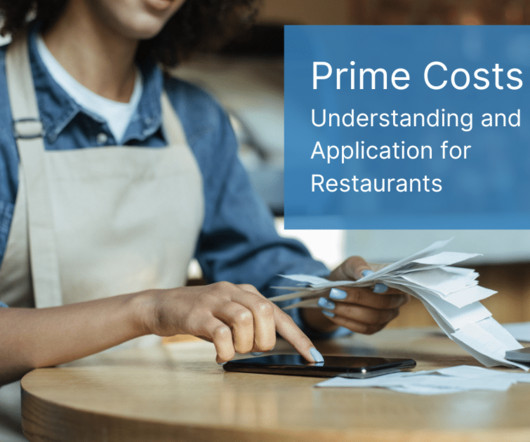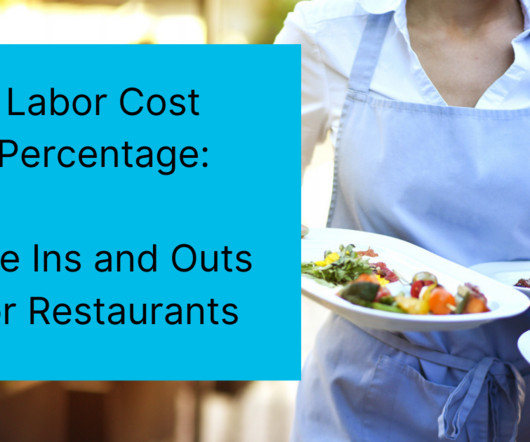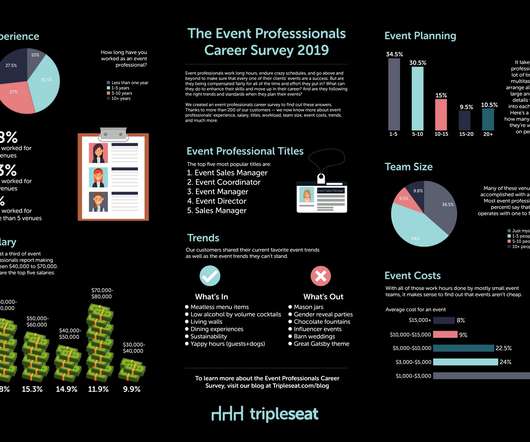Growing a Restaurant Strategically – The Keys Are Alignment, Timing and Control
Modern Restaurant Management
JANUARY 30, 2024
Typical restaurant KPIs involve monitoring costs around food, labor and supplies, pricing adjustments, table turnover rates during peak periods, customer wait times, promotion effectiveness, brand sentiment on review sites, and training completion rates. Define the one or two KPIs most critical for your top growth goals.












Let's personalize your content